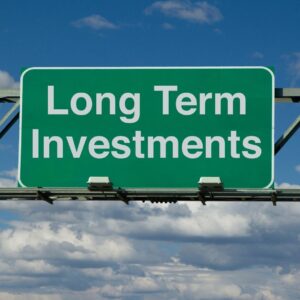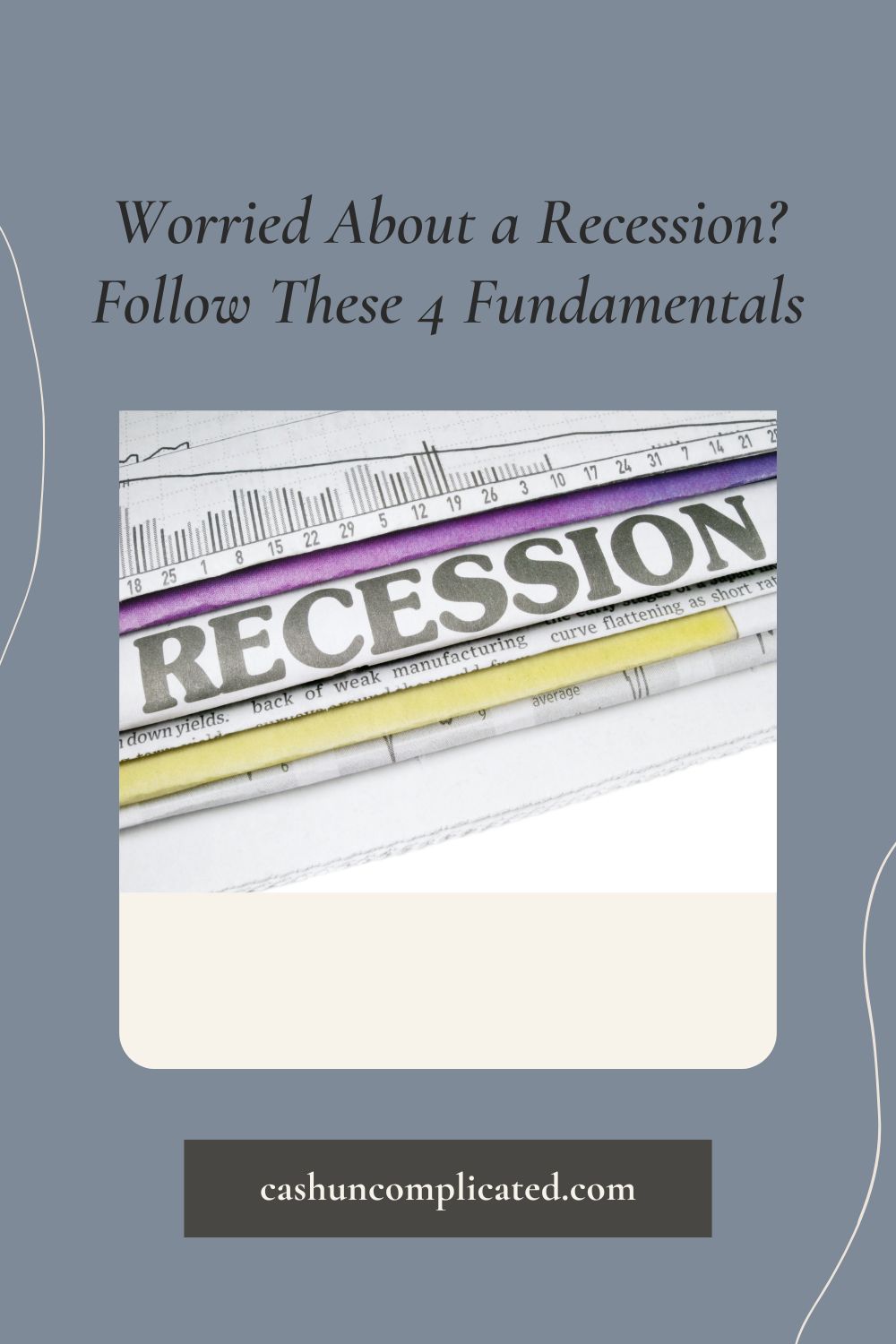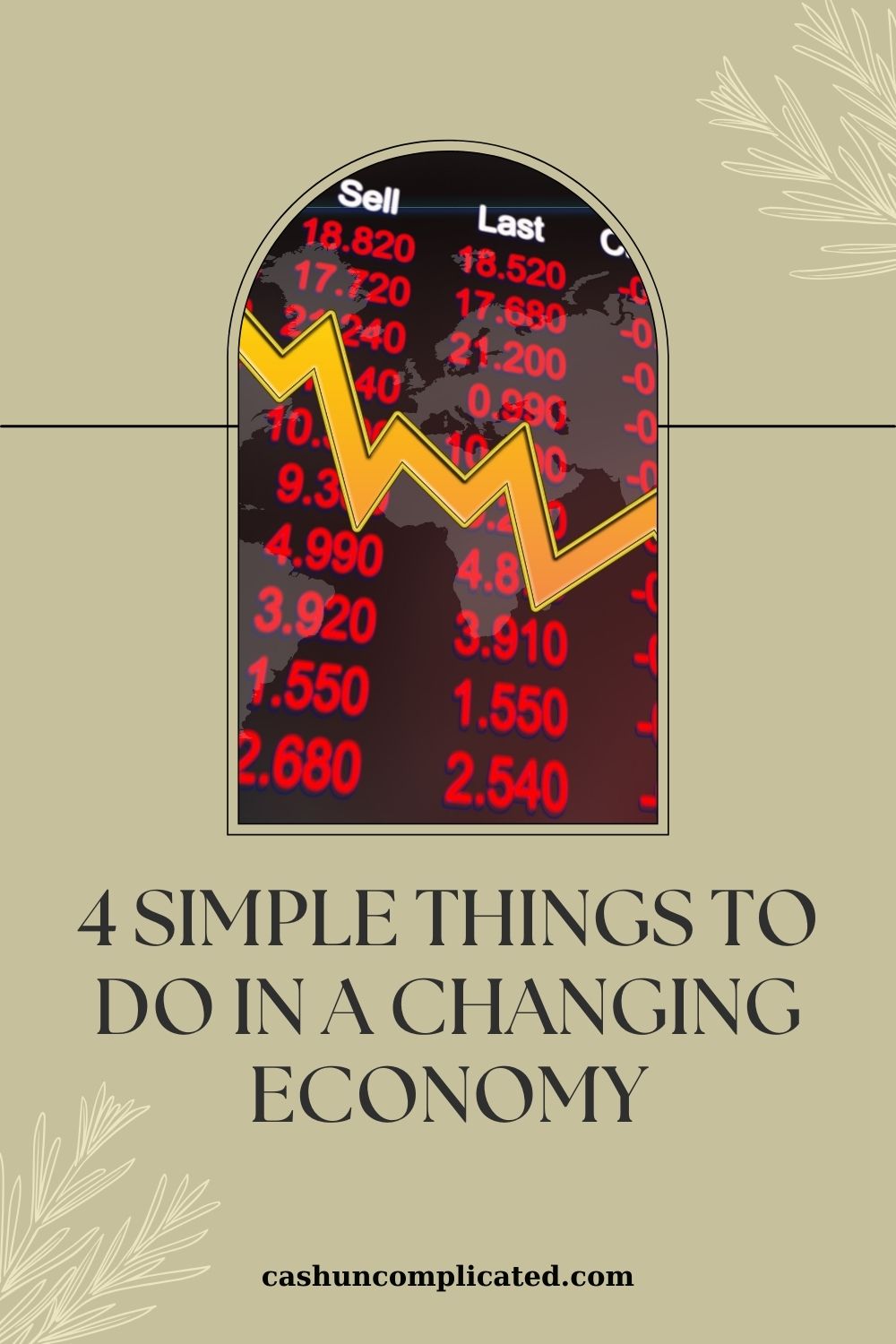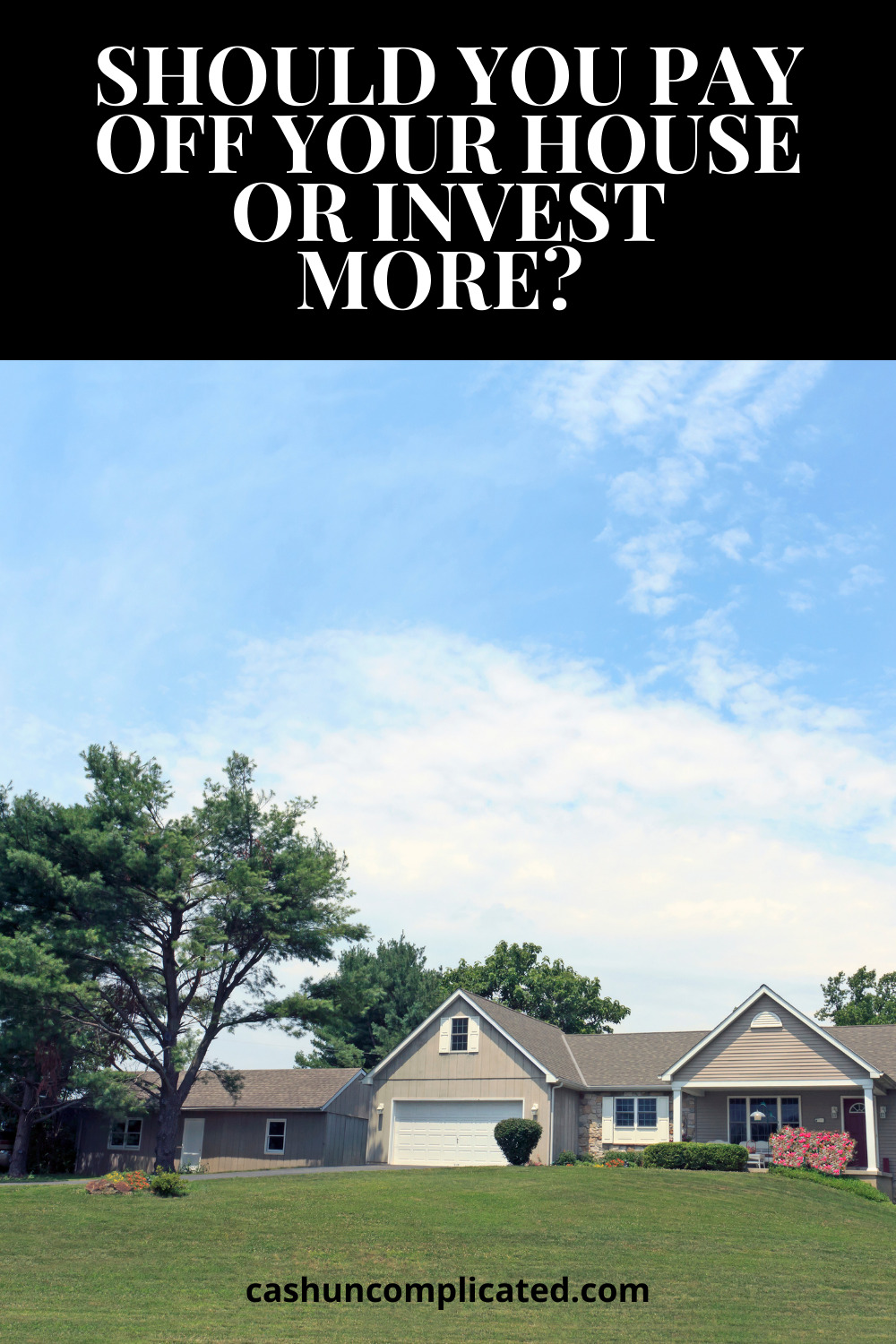In previous posts, we’ve written a lot about the benefit of investing. The reason we’ve written so much about the topic is that the benefits are so impactful and life changing. Investing takes us out of the paycheck to paycheck cycle, provides a hedge against inflation, and gives us long term growth, among countless other benefits.
One benefit we haven’t written about yet it is the amount of additional opportunity investing provides us. I don’t think most people understand the breadth of opportunity available for consistent investors. To put it simply, those who invest regularly have a lot more financial opportunity than those who don’t. In this post, we’ll explore some of those ways.
Opportunity #1: Invest in Something with Longer Term Gains
Suppose someone has been consistently investing for the last 20 years. Maybe they’ve been investing in the stock market or in real estate—for this example it doesn’t really matter. This person has either achieved financial freedom, or is very close to it.
With the financially superior position they are in, this person doesn’t need to invest in something that is going to have a payout within a few years. They can wait for a long time to reap the rewards of the investment. For example, the opportunity to invest in a real estate syndication with a highly reputable syndicator. Imagine someone deciding between two deals. We’ll use even numbers for simplicity.
- Opportunity number one calls for an initial investment of $50,000. The syndicator is projecting to sell the property in five years and pay out the profits to her investors. The projected earnings are $100,000 per investor (including initial investment).
- Opportunity number two also calls for an initial investment of $50,000. The syndicator in this scenario is projecting to sell the property in seven years and pay out her investors $250,000 (including initial investment) at that time.
The seasoned investor who has been investing for many years probably doesn’t need the money in five years. They can wait an additional two years for a much larger payout, $150,000 more to be exact. Someone who doesn’t have as much of an established portfolio might not have the luxury of waiting an additional two years for the payout.
The established investor is likely to get a much larger return simply because they can afford to wait. The less established investor doesn’t have the luxury of waiting that long. Maybe they need the money for retirement or paying for their child’s education. Whatever the reason, one investor can wait and profit more, the other investor needs the money more quickly.
Opportunity #2: Take More Risk
Not all investments are created equal. Some investments are risker than others, but carry higher potential gains. As a quick example, think stocks and bonds. Stocks are considered the riskier of the two investments, but they also carry a higher potential for returns.
An investor dedicated to be in the market for a long period of time can take a risk on a higher risk investment like stocks simply because they are going to be in the market longer. Over a short time period of time, stocks can lose a lot of their value. Over the long term, stocks are likely to produce greater gains than more conservative investments. The longer an investor can be in the market, the better.
This principle doesn’t just apply to someone who is going to be in the market for a long period of time. It also applies to someone who has been in the market for a long time. An investor who has steadily invested for a long period of time likely has additional capital they can deploy to higher risk/higher reward investments, all while maintaining their capital.
The same thing applies to real estate. A real estate investor who only plans on being in the market for a few years has limited options and very little margin for error. The investor committed to the long term has the ability to take on more risk and has time to ride out some of the ups and downs they are likely to face.
Opportunity #3: Ability to Pull Money from Other Investments
The third benefit to investing is the investor who has consistently been in the game over several years is likely to have a solid portfolio built up. Whether that’s in real estate, the stock market, or something else, it doesn’t really matter for the purposes of this example. The investor in this situation is going to have more options, including pulling money from other investments.
To break it down further, here’s an example using a real estate investor. Here’s what we know about this investor. He has been a real estate investor for nine years and owns six properties. These are the numbers on his properties:
- Property 1: Market value $435,000 with $142,000 remaining on the loan
- Property 2: Market value $533,000 with $309,000 remaining on the loan
- Property 3: Market value $190,000 with $142,000 remaining on the loan
- Property 4: Market value $381,000 with $220,00 remaining on the loan
- Property 5: Market value $680,00 with $447,000 remaining on the loan
- Property 6: Market value $180,000 with $130,000 remaining on the loan
This hypothetical investor owns approximately $2,399,000 worth of real estate with $1,009,000 of equity, and $1,390,000 remaining on all the loans combined. He has a lot of options at this point, far too many to go over in just one post. To name just a few options, he can:
- Do nothing and hold
- Cash out refinance multiple properties and have hundreds of thousands to reinvest in other properties or something else entirely
- Cash out refinance one or two properties (as opposed to multiple properties) and redeploy the capital into real estate or another asset class
- Sell one or more properties and 1031 Exchange into a better property or properties
- Cash out refinance a couple properties and pay off the properties with the highest interest rates
These examples are just a tip of the iceberg. A creative investor can literally find dozens of options for this scenario. The point is that he has almost endless options. And not just endless mediocre options, but really good options.
Opportunity #4: Ability to Become More Selective
As life changes, financial goals change with it. Someone who used to love investing in residential real estate may not enjoy that anymore. If that’s the case, they can simply stop investing in that particular asset class. Imagine someone who purchased four properties in their late 20s and early 30s. If this investor doesn’t want to invest in real estate anymore, they don’t need to.
They’ve already got the properties and don’t need to add on if they don’t want to. The investor can even sell the properties altogether if they want to completely get out of that asset class. A good amount of money has probably already been made.
I wouldn’t necessarily recommend an investor in this position stop investing altogether, but they can certainly move to another type of investment. If they don’t want the active part of real estate that involves acquisition, working with tenants or property managers, handling repairs, etc. then they can move to something more passive.
They can even get more passive in real estate itself. Rather than buying single family homes, they can invest in a syndication or REIT. They’re still investing in real estate, just not having to participate in the day to day management.
Or they can move away from real estate altogether and invest in something completely passive like index funds. The investor in this scenario has already put the time and effort into real estate and has been rewarded with financial gains. To give a football analogy, they are winning late in the fourth quarter and can run the clock out.
Opportunity #5: Ability to Reinvest More Gains
Some of the biggest financial victories come from compounding. Which happens by investing the gains, and the gains from those gains. Compounding is usually tied to the stock market, but it can occur with any type of investment as long as the gains are reinvested. It’s an endless cycle of financial prosperity.
The more that compounding is allowed to take place, the more opportunity there is for additional compounding to take place. Compounding is most helped by time in the market and amount of money invested. When those two are combined, compounding becomes an almost unstoppable force.
It makes sense then that an investor who has been in the market for a long time, invested an above average percentage of their income, or a combination of both, is able to reinvest more of the gains. The more that happens, the more compounding takes place and the more financially successful an individual becomes.
Opportunity #6: Increased Ability to Pursue Other Things
We’ve already written about investors who want to move asset classes. Something we have not addressed in this post are investors who want to pursue other things in life. That could mean another career, side project, passion project, or any number of things.
When an investor has become financially well-positioned, they have a lot more leeway to pursue other things. For example, if an investor requires $5,000 per month to live and earns some or all of that money via investments, they are able to pursue things outside of their career or business.
When investment income exceeds living costs, that’s called financial freedom, something I devote an entire chapter to in my book Cash Uncomplicated. When investment income comes close, that’s often near enough financial freedom that part time work or side hustles can fill in any financial gaps. For example, if investment income equals $4,200 per month, there is only a $800 gap that needs to be filled. This can probably be accomplished via part time work or a side project.
Investment income provides people with a lot more choices to pursue other things because they are either exceeding or supplementing their income requirements. If someone in this position has a high stress job or employment that requires frequently working late, they would be able to change that situation by reducing hours, finding part time work, or even switching careers altogether.
Conclusion
Investing provides options. Whether we like it or not, life requires money. We can reduce costs, move to less expensive areas, grow our own food, among many other things—but the fact remains that we need at least some money to live.
Investing provides us with that money to live. For some, that may be millions per years. For others, that may only be in the thousands per year. Whatever your number is, investing is the methodology to get there and will provide you with the financial options to live the life attuned to your values.
What is the biggest benefit to investing that you see?










